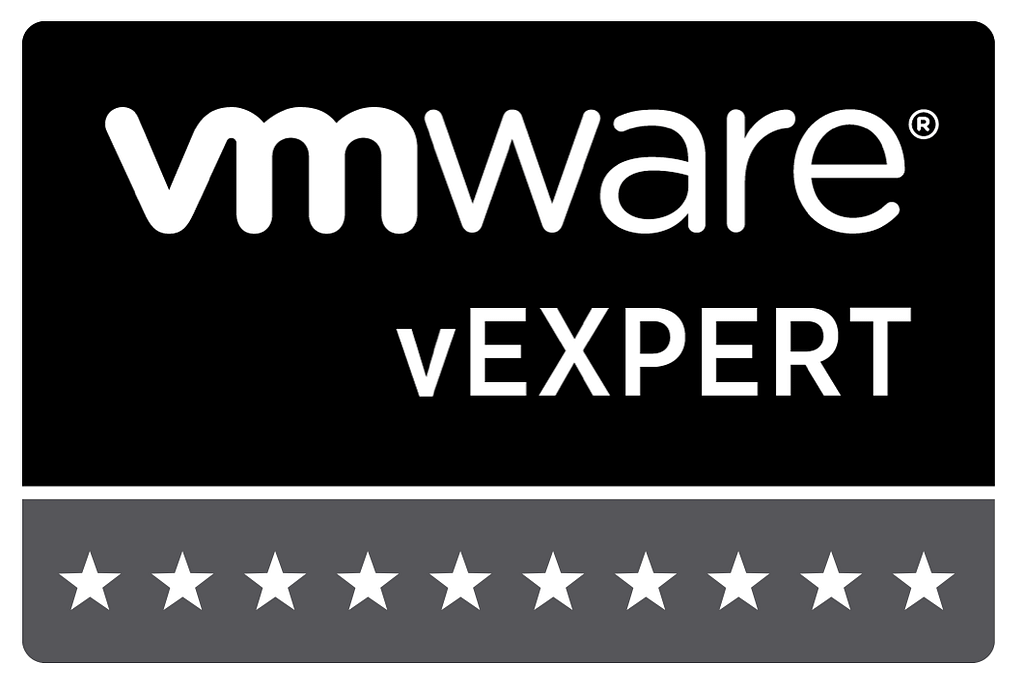In the world of data management and business continuity, where every bit of data is vital, and time is akin to a scarce resource, being a backup administrator within an IT operations team is a constant juggling act.
Balancing the imperative to keep data secure, and manageable as well as the necessity for quick recovery processes is a challenge that keeps those administrators on their toes.
Time is not just money; it’s the currency of productivity in their role and no doubt there are days when it feels like there’s never enough of it for these teams.
Over the years, I have seen the various versions of BDRSuite being released for many different environments – VMware, AWS EC2, Azure, Office 365 and Google to name a few, each meticulously developed with time savings at its core for those teams that are tasked with protecting those environments.
BDRSuite isn’t just a backup tool; it’s become an indispensable ally, promising not only enhanced data security but also a substantial reclaiming of a backup administrator’s most precious resource – time.
It allows IT operations teams to create and manage backup operations swiftly, without the headaches of convoluted processes. The time they used to spend grappling with confusing configurations, siloed datasets, or manual backup jobs can be redirected towards contemplating more strategic and innovative initiatives.
Take Instant Boot VM, which enables you to rapidly access backup data by instantly deploying it as a fully functional virtual machine in just a few minutes. By utilising this capability, the IT team can minimise downtime and guarantee seamless business operations by promptly making VMs accessible giving back precious amounts of time than manually restoring the data and testing the VM in the dev environment before trying to put it back into production.
Another example is the level of reporting that BDRSuite covers, an easy way to find out if your backup jobs failed or not, and even during a recovery whether or not by providing information on all backup jobs that have been restored using full VM recovery from this relevant backup server. This saves you time by not having to log onto the backup server and auditing the backup log to see which jobs failed or succeeded. In addition, you can set up notifications and emailing of these reports to individuals or groups to be notified.
Another time saver is the granular recovery options it offers such as User Mailbox recovery (so you don’t have to restore a whole site to get just one mailbox recovered in say GSuite). Not only are you cutting down the restore process time, but you are also saving the time it takes to fish out the one item you need recovered after a full restore.
In addition to these features, one of the biggest things I think that sets BDRSuite apart is its prowess in automation. It takes the reins of routine operations, handling scheduled backups, managing errors, and optimising storage, all with minimal manual intervention from the human hand. This reduces the likelihood of human error and liberates those IT teams from the constant need for oversight. The result? More freedom to focus on high-impact tasks that drive the organisation forward and to be more innovative (rather than reactive).
BDRSuite‘s automation extends beyond the initial backup process. It accelerates data recovery, simplifies reporting procedures, and provides real-time monitoring. This comprehensive approach contributes to a more efficient workflow, making troubleshooting a rarity and placing proactive enhancement of the overall backup strategy at the forefront of the IT team’s responsibilities.
In closing
BDRSuite goes beyond being a typical backup tool; it stands as a dynamic time-saving solution for backup administrators. Through the automation of routine tasks, the streamlining of user interactions, and the integration of a comprehensive set of robust features, the BDRSuite suite elevates the IT team’s efficiency.
This restoration of time paves the way for these teams to shift their focus to higher-order projects, providing the freedom to be innovative in the dynamic and ever-evolving landscape of data management.



